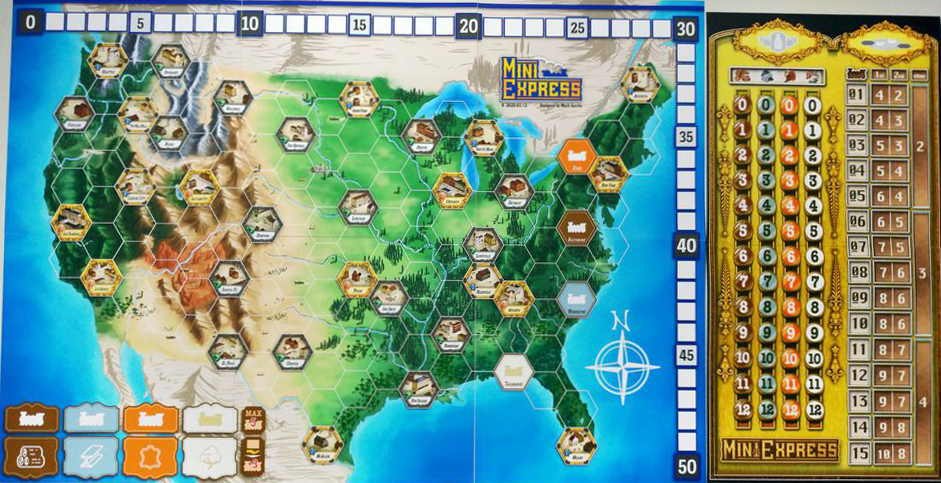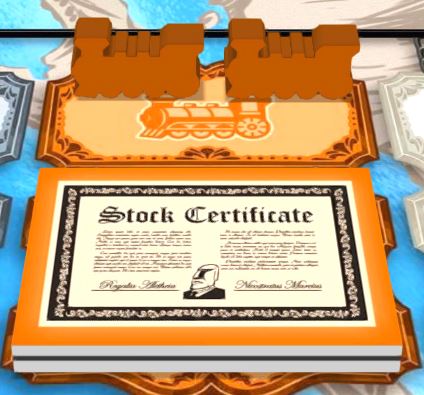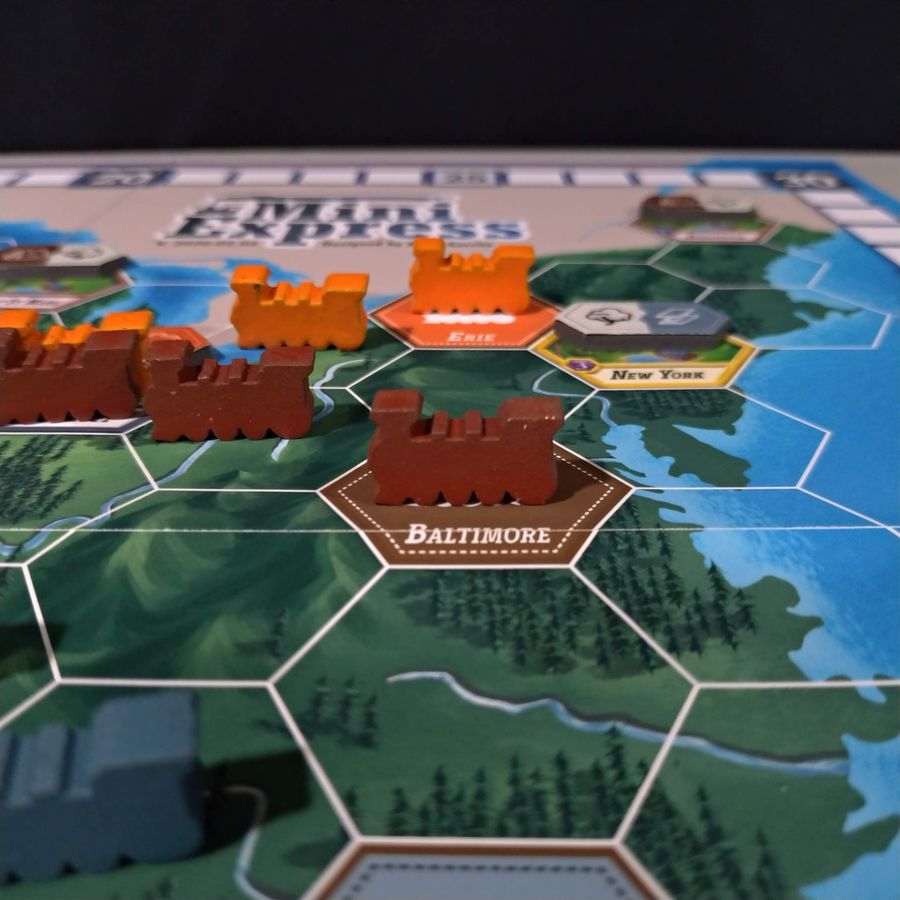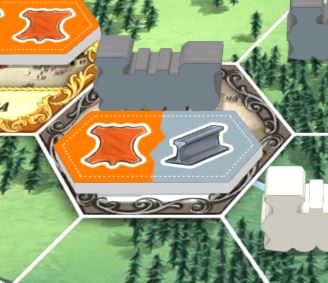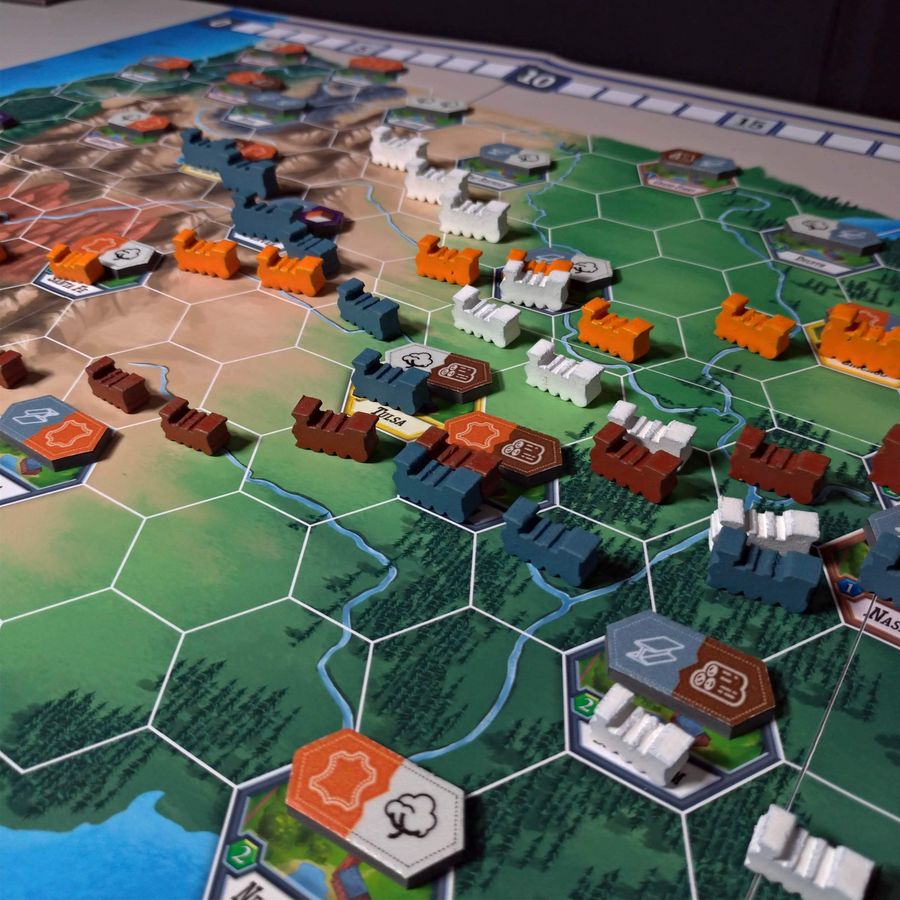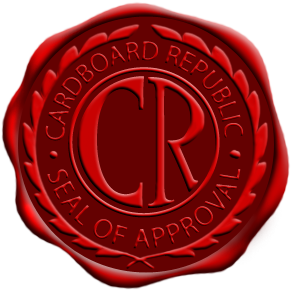Humans have many unique qualities: we’re insatiably curious, highly intrepid, and capable of excessive creativity when the need or inspiration strikes. Like a lot of animals though, we’re also highly social creatures, as evidenced by both the course of history and the present disruption in our everyday interpersonal socialization we so instinctively take for granted due to the global pandemic. For generations we have been driven by that need, allowing us to facilitate the exchange of goods and ideas – sometimes benevolently, sometimes by force.
Evolving in parallel to those efforts, naturally, has been a continued effort to make that interactive process ever more efficient. From stalwart Polynesian outriggers to the thundering of hooves across the Asian steppes; from mighty European galleons to rustic riverboats; from the Roman roads to supersonic jet propulsion, the progress of human civilization has been inextricably tied to our constant desire to find faster, safer and more efficient ways to get from Point A to Point B.
Whatever the motivating reasons may be, the simple fact of the matter is that humans have always been just a little fixated on the idea of locomotion.
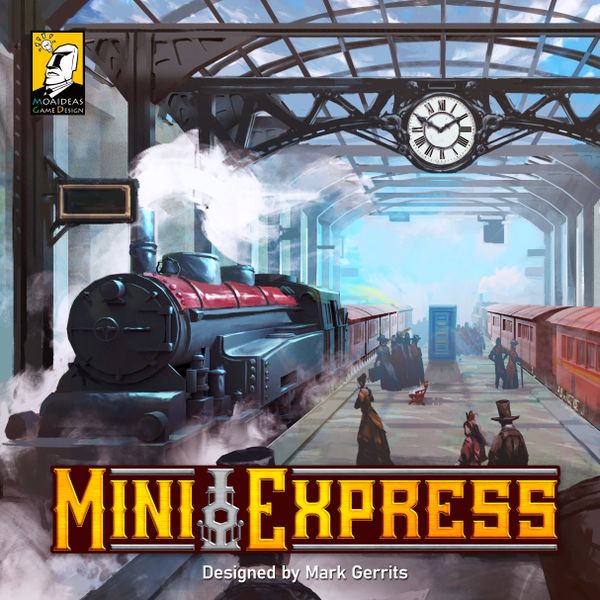 Which is what brings us here today.
Which is what brings us here today.
Evidence of this can be found practically everywhere, including within board gaming. Chief examples include the enduring preponderance of rail games. From family classics like Ticket to Ride to the entire sprawling spectrum of stock-driven 18XX heavyweights, train games have been as much of a thematic mainstay to the hobby as Vikings, farmers, and battlefield reenactments.
There are solid reasons for this. For one, their core elements are generally straightforward, concise, and lend themselves to be easily abstracted into digestible game form. But they also happen to be perfectly emblematic of everything positive and problematic about the Industrial Revolution. On one side of the track lay one of the most efficient means of transporting people and cargo across entire continents with relative ease, spurring economic growth, wide scale emigration, and technological innovation. On the other lay systemic worker abuse, rampant government corruption, and unbridled capitalism run amok. This was an era of volatile entrepreneurship, where fortunes were won and lost, and train companies ran right through the middle of it all.
The abundance of train games is a reflection of this fact. It’s difficult for many in the US to comprehend nowadays because of how much cars have replaced them in our cultural mindset, but there was a time before the automobile came along where Americans were positively obsessed with rail-based transportation. And with good reson. It’s not an understatement that the United States as we know it wouldn’t exist without their influence.
Yes, while the population writ large may write off the golden age of rail to the history books or tales of the Wild West, these factors also often make for one hell of a board game setting.
Even one in pint-sized form.
This is the backstop where your find yourself in Mini Express, the latest title by Moaideas Game Design and the spiritual sequel to its hit 2017 rail game Mini Rails – both by designer Mark Gerrits. Like its predecessor, Mini Express bills itself as a vehicle to experience the motes of longer, more elaborate rail games in a 60 minute time frame. Over the course of that period, players take turns collecting stock in various train companies and laying track to increase their worth with the, erm, express intent of having the most valuable portfolio at the end.
So hop on and settle in, because these trains have places to be.
The default map for Mini Express begins, rather fittingly, with a hex grid map of the United States. This map, in fact:
Peppered on this map are the starting cities for each of the game’s four train companies, residing in Erie, Baltimore, Wilmington, and Tallahassee. Each of these rails may be used by any of the players throughout the game, marking a key distinction between Mini Express and many other train games: there is no overt player ownership of these companies. In this setting your job isn’t so much to manage train companies – it’s solely to make as much money off of them as possible.
Alongside those starting locations are 30 or so destination cities across the US in three sizes: Small, Medium, and Large. At the start of every game each city is randomly assigned a Demand tile, denoting a reward for establishing a new connecting rail line to their fair city.
Similar to its Mini forerunner, a player’s turn consists of choosing between two primary actions, Take a Share or Build Track. Yet the underlying mechanics behind them diverge substantially.
Taking a Share is the sole means of gaining VP in Mini Express, with the intent of having your assortment worth the most points at the end. To get you started with some semblance of strategic direction, during setup players will draft 1-2 company stocks – think of it as your seed investment. An additional 5-7 shares are added to each company’s supply, depending on game mode and player size.
As there is no physical currency in Mini Express, claiming a share requires you to spend the only valuable resource you have: corporate influence in that same company. The amount of influence needed to grab a share is dependent on the number of available trains in the company’s possession at that moment (ranging from 0 to 5, with a starting amount of 4). After a stock is claimed, up to three new trains are added to that company’s supply, up to its maximum allotment.

In first place, Red would get 7 points per White share. Green, in second, would get 6.
Prototype Shown
However, even in a game as forthright as this, spending influence is not something to be taken lightly, for influence values serve two purposes. The first is for acquiring said stock. The second aids in determining that stock’s value to you at the end of the game; coming in first or second in influence for a company ensures much better payouts. This fuels a relentless incentive to raise influence values as often as possible while chugging along, but such an act painstakingly tugs you in two different directions over whether to save or spend it.
Such is the ever-alluring waltz known as capitalism.
Paired alongside this stock-driven tension resides the other main action in Mini Express: Building Track. Similarly straightforward, building track involves extending one of the rail company lines from a hex where it already has a train present into a new city tile. Doing so involves using the available trains in the company’s supply.
There is no Hell on Wheels at play here though: ending the line in the middle of nowhere is not allowed. If there aren’t enough available trains to reach into a new city, you can’t use the action with that rail company. Moreover, you must also be mindful of the city you’re attempting to reach, as each city is only capable of supporting 1-3 different rail lines, depending on its size. Sharing hexes with other rail lines is otherwise allowed, though thanks to the nature of competition, adding new trains where another line already exists deposits new trains to their competitor’s supply in the process. Avoiding territory with one another starts off easily enough, but as the game continues to unfold, like nearly all train games, encroachment is inevitable.
That said, once a rail line has gotten at least halfway across the country, the US map opens up a third possible action, allowing a company to leap to San Francisco and start expanding in the other direction. Building track for that company becomes more costly until it connects with the rest of the board, but this serves as both a thematic nod to the Transcontinental Railroad while mechanically offering up a useful release valve to a company that may otherwise have been locked out of lucrative (or even easily viable) build options. Mini Express is undoubtedly a tight and competitive game until the very end, but at no point is this title intended to be overtly punishing.
In exchange for these efforts, both you and the railroad used are duly rewarded. In the case of the railroad, its overall value ticks up by one for each non-city hex one of its trains was added to – making its shareholders that much richer in the process. Likewise, based on the stated Demand tile in the city, you get to raise your influence in the specified rail companies, bolstering that precious corporate status of yours.
Turns continue to be taken in this manner until either all of the stock in two companies are claimed, or all of the trains in two companies have been used up. At that point the round ends and players calculate their share values based on their influence rank in that company and the value of the company. And as with all 19th century rail barons, we’re sure the winner will go on to use that newfound wealth solely for the betterment of mankind.
Maybe…
Okay, probably not. But it was worth a try.
Mini Express owes its ample tactical opportunities and high replayability to a carefully interwoven push-and-pull between the two main actions and the calculating agency-driven actions of the players themselves. When combined, these factors ensure that its hour-long appeal won’t rust out too quickly. It also shrewdly avoids resting on the laurels of its predecessor. Despite surface-level similarities such as the publisher, designer, and principal actions, Mini Express very much deserves to stand on its own merit. Whereas Mini Rails focuses almost exclusively on the accumulation of stock, Mini Express banks even closer to the “cube rail” subgenre (think Paris Connection, Chicago Express, or Irish Gauge), with its emphasis on route building and the driving desire to escalate the value of its companies. Just without the whole corporate ownership or dividend sharing shticks.
Mini Express is a lightweight train game that provides a more substantive, more involved, and more thought-provoking experience than it outwardly seems while still maintaining the widespread accessibility that it strongly desires to cultivate. With concise, streamlined rules and a taut gameplay that’s consistently having you gauge your options every turn, this is a game that provides weighted, worthwhile decisions while eschewing unnecessary complexity. As a result, Mini Express effortlessly punches its ticket towards becoming another well adored rail game. And we’ll gladly tip our stripy denim cap to that.
If this tactically-laden rail experience sounds like something you’re on board for, you can find out more over on its Kickstarter!
This project has earned the Seal of the Republic
Photo Credits: Mini Express cover and artwork by Moaideas Game Design.

